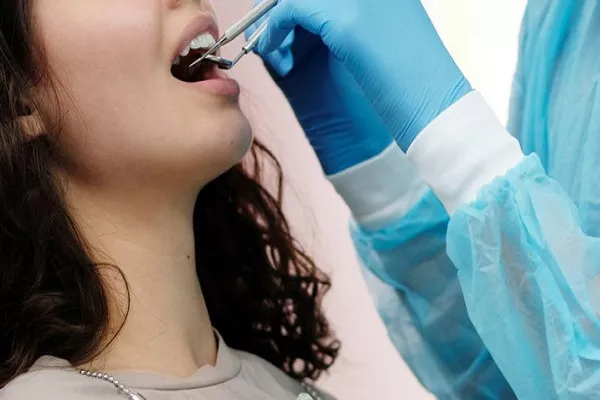In the ever-evolving field of orthodontics, various tools and techniques are employed to achieve the perfect smile. One such integral component is the use of elastics, also known as rubber bands. These seemingly small and simple devices play a crucial role in enhancing the effectiveness of orthodontic treatment. In this comprehensive article, we will delve into the multifaceted functions of elastics in orthodontics, shedding light on their significance and impact on the overall treatment process.
Alignment Precision:
Orthodontic elastics are often used to fine-tune the alignment of teeth. They work in conjunction with braces or other orthodontic appliances, aiding in the movement of specific teeth to achieve optimal positioning. The elasticity of these bands exerts gentle yet consistent pressure, guiding the teeth into their designated places over time.
Sub-item 1: Targeted Tooth Movement
Elastics are strategically placed to target specific teeth that may require adjustment. This precision allows orthodontists to address individual tooth misalignments, ensuring a more tailored and effective treatment plan.
Sub-item 2: Angulation Control
By incorporating elastics, orthodontists can control the angulation of teeth. This is particularly crucial in cases where teeth need to be rotated or tilted for an aesthetically pleasing and functionally efficient final result.
Sub-item 3: Correction of Midline Discrepancies
Midline discrepancies, where the center of the upper and lower jaws does not align, can be corrected using elastics. This ensures a harmonious and balanced smile, addressing not only the cosmetic aspect but also the overall functionality of the bite.
Bite Correction:
Elastics play a pivotal role in addressing bite issues, such as overbites, underbites, and crossbites. These conditions, if left unattended, can lead to discomfort, speech difficulties, and even temporomandibular joint (TMJ) problems. Orthodontic elastics contribute significantly to bite correction by exerting the necessary force to bring the upper and lower jaws into proper alignment.
Sub-item 1: Overbite Reduction
For patients with an excessive overbite, elastics are employed to gradually move the upper teeth backward and the lower teeth forward, achieving a more balanced and functional bite.
Sub-item 2: Underbite Correction
In cases of underbites, elastics assist in bringing the lower jaw forward, aligning it with the upper jaw for a harmonious bite. This process is gradual, ensuring the stability of the correction.
Sub-item 3: Crossbite Resolution
Elastics are instrumental in addressing crossbites by guiding the teeth into the correct position, preventing complications and ensuring a proper fit between the upper and lower teeth.
Enhanced Treatment Efficiency:
Incorporating elastics into orthodontic treatment plans enhances overall efficiency. By utilizing these small but powerful tools, orthodontists can expedite the tooth movement process, potentially reducing the duration of treatment.
Sub-item 1: Accelerated Tooth Movement
Elastics expedite the movement of teeth by applying additional forces in the desired direction. This acceleration can be particularly advantageous for patients seeking a more streamlined orthodontic experience.
Sub-item 2: Reduced Treatment Time
Studies have shown that the use of elastics can contribute to a reduction in overall treatment time. This is of great significance to patients, offering them the prospect of achieving their desired results sooner.
Sub-item 3: Patient Compliance and Comfort
The lightweight and non-intrusive nature of orthodontic elastics enhances patient compliance. Unlike some other orthodontic devices, elastics are generally well-tolerated, ensuring a more comfortable experience for the wearer.
Conclusion:
In the intricate world of orthodontics, elastics emerge as unsung heroes, facilitating precise tooth movement, bite correction, and expediting overall treatment. As patients embark on their orthodontic journey, understanding the pivotal role of these unassuming rubber bands can foster appreciation for the nuanced science behind achieving a perfect smile. Remember, the journey to a confident and healthy smile is a collaborative effort between orthodontists and their patients, with elastics playing a crucial supporting role in this transformative process.
Related Links:
How does invisible aligners work?
How to fix overbite teeth at home?
Why do my teeth click when i push on them?






























